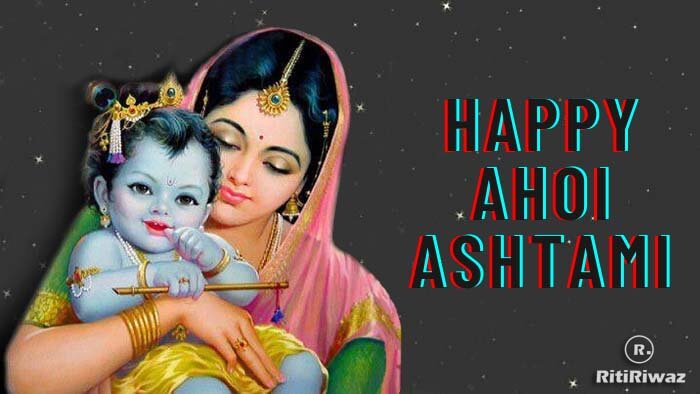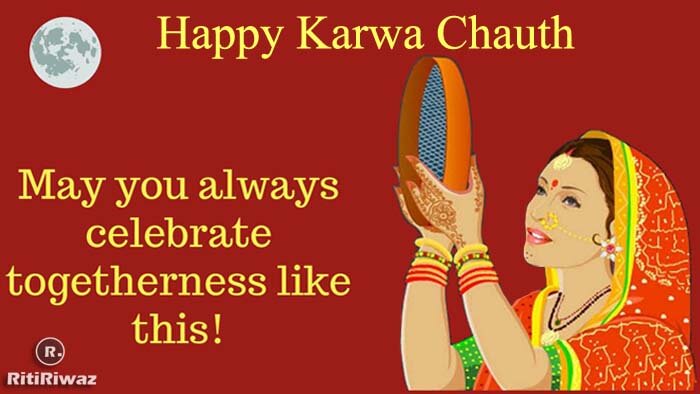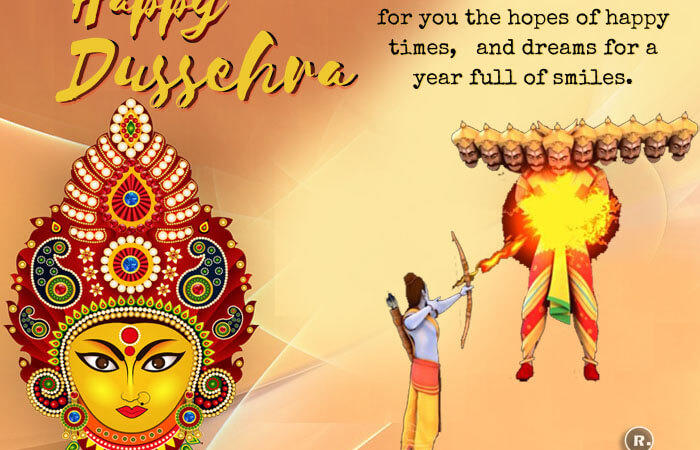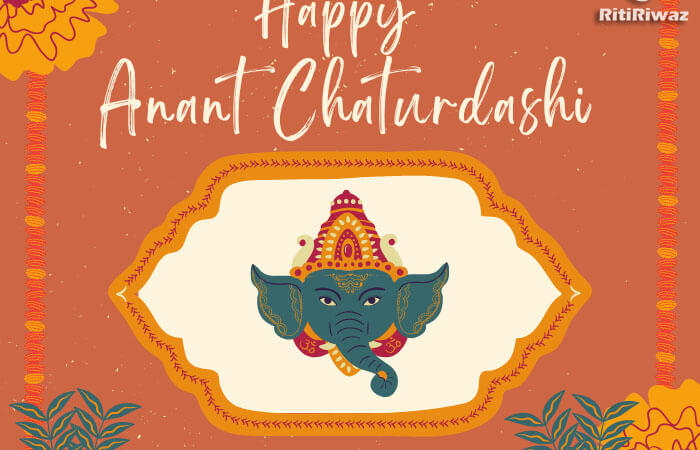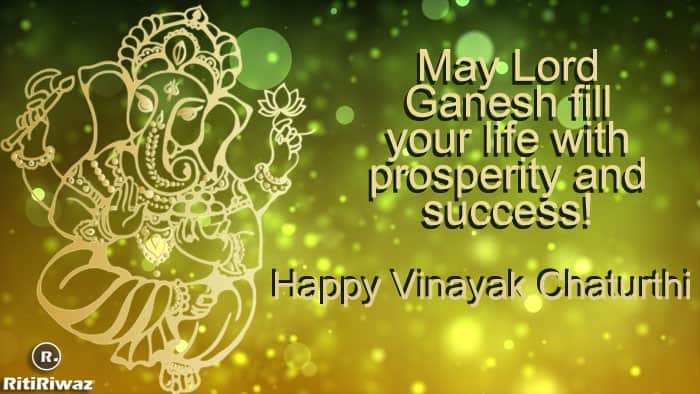Mantras and Meanings
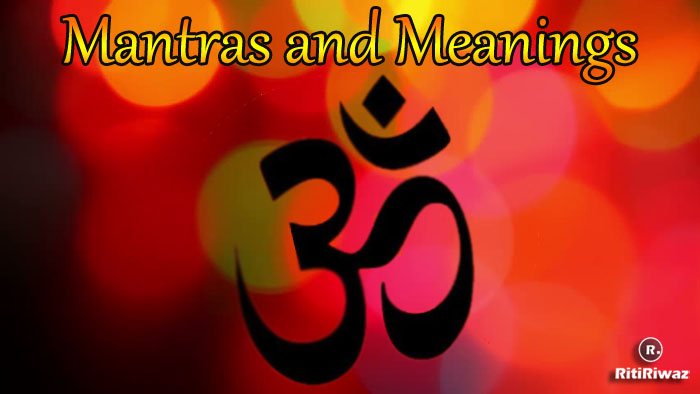
Mantras मंत्र is taken from the Sanskrit word “manas” which means “mind” and “tra” is the “tool”. Literally, the mantra is a tool for the mind. A mantra uses sound and vibration to fine-tune the mind, drawing on the understanding that what we repeat we become.
“The most important mantra of all, Om, is completely non-denominational and non-religious in the sense that its basic symbolism is creation itself.” If you are searching for a meaningful mantra to use in your practice, here we are sharing some basic mantras for you to get started.
“Mantra reminds us that we are always repeating something, so we might as well be aware of what we repeat and create some intentional patterns.”
Aham Brahma Asmi: This is considered an “abstract” mantra (meaning it is not associated with a particular deity) whose words evoke a feeling of “oneness” with all of the creation denying confinement to the body and mind.
Aham Prema: I am Love of the highest order – Divine Love.
Om: Om sometimes is written as AUM is said to be the root of all letters and words. Representing the most important of all mantras it is the representation of the Supreme Being. The past, present, and future are all included in this one sound. Meditation on this sacred syllable is said to lead to liberation.
Om Aim Hrim Krim Chamundayai Vichche: The benefit of chanting this mantra is to facilitate the concentration of mind and for the speedy fulfillment of aspirations and desires, apart from attaining courage and energy.
Om Aim Saraswatyai Namah: Aim is the bija of the deity Saraswati and is responsible for bestowing wisdom and knowledge, she is often worshipped by people in creative arts. It is believed she is involved with the creation of new ideas and things.
Om Dram Om Guru Dattaya Namaha: This mantra is a means to sharpen your skills as a spiritual counselor and teacher (guru), as well as progress you along your own spiritual path.
Om Dum Durgayei Namaha: This mantra is often used for protection against internal or external negative forces.
Om Gum Ganapataye Namaha: This mantra can help resolve many problems and difficulties. It works to bring about unity between our desire and the object of that desire.
Om Hanumanthaya Namah: This mantra is used to bestow victory and strength.
Om Hareng Baglamukhi Namaha: Bagalamukhi means “The Crane-Headed One” and this mantra is used to uncover deceit and to suppress negativity against you.
Om Hiranyagarbhaya Namaha: This mantra is used to heal the heart and emotions.
Om Kali Ma: This mantra calls upon the goddess Kali. It is said to vibrate with her power and serves as a vehicle for transporting you into her domain. The goddess Kali is thought to be a very powerful catalyst for spiritual progression. She is also known as the destroyer.
Om Kleem Namah: Freeing the devotee from wrongdoing within his/her life returning to purity.
Om Kleem Shum Shukraya Namah: The word ‘Kleem in this mantra denotes Kama Shakti, the power of love, delight, contentment, and fulfillment.
Om Sri Krishna Sharanam Namah: Krishna literally means the one who attracts all. To the beloved lord Krishna, I pray to take me under his shelter.
Om Mani Padme Hum: A powerful mantra used to embrace and be blessed by the essence of compassion.
Om Muni Muni Mahamuni Shakyamuniye Svaha: Muni means “sage” and Maha means “great.” This mantra is devoted to the Buddha and is used to invoke the ideals (compassion, love, kindness, etc) represented by the great sage.
Om Namah Shivaya: Om and salutations to Shiva, the bestower of inner strength, fearlessness, consciousness, and detachment.
Om Namo Narayanaya: Considered a Vishnu mantra, it is meant to bring unconditional love, bliss, and a connection to the divine light.
Om Radha Krishnaya Namaha: Manifesting as the lovers Radha and Krishna, this is a mantra is a prayer for conjugal love relationships to call in the divine to the couple and elevate them to an enhanced state of intimacy and love.
Om Sarva Kamadaya Namaha: This mantra is used to help fulfill individual desires.
Om Shreem Maha Lakshmiyei Namah: a blessing mantra for abundance and prosperity on both the physical and spiritual planes.
Om Shri Dhanvantre Namaha: Used to enhance one’s own healing skills for the self and for others. This mantra works to promote healing on all levels – physical, mental, and emotional.
Om Sri Maha Kalikayai Namah: Prayer to the Kali deity to invoke her transformative power and eradicate negative qualities in the world. Maha Kali is one of the most fearsome of all expressions of Divinity.
Om Sri Maha Lakshmyai Namah: Prayer to the Lakshmi diety. She bestows wealth and an abundance of material and spiritual nature. She is almost always pictured as a beautiful woman standing on a lotus blossom with her arms open and giving.
Om Sri Rama Jaya Rama: This mantra is used to transcend karma and purify the ego. It invokes the healing energy of the sun and brings harmony and enlightenment allowing the divine within to navigate through problems and issues in life.
Om Sri Ramaya Namah: This mantra is used to bring balancing energy into the life and body of the devotee. The syllables Ra and Ma balance energy in the masculine and feminine channels in the body, located on the right and left sides of the body, respectively. It also refers to the avatar himself, as well as to the divine self within.
Om Tare Tuttare Ture Swaha: Used to purify all the impurities of your body, speech, and mind and liberate the devotee from samsara, from all true suffering or problems.
So Hum/Ham Sa: Sometimes called the So Hum breath the mantra is meant to be mentally repeated in harmony with the breath. “So” is the out-breath and “Hum” or “Ham” is the in-breath creating a circle of breath and mantra where one links to the other. The translation of this mantra is “I am that I am” meaning the devotee is without form, without quality, without past, present, or future. He or she simply “is” in the awareness of the Divine.
This is a very powerful mantra. Practiced as Ham Sa; the Hong Sau technique; will naturally lead to the So Hum/. Hong Sau is first learned as “Hong” in-breath and “Sau” out-breath. Over time, the mind and breath become one and find the So Hum naturally occurring – in an even deeper state than if first learned that way. Practice the Hong Sau technique first and over time begin changing to the So Hum breath.
Suggested Read: Maha Mrityunjaya Mantra

